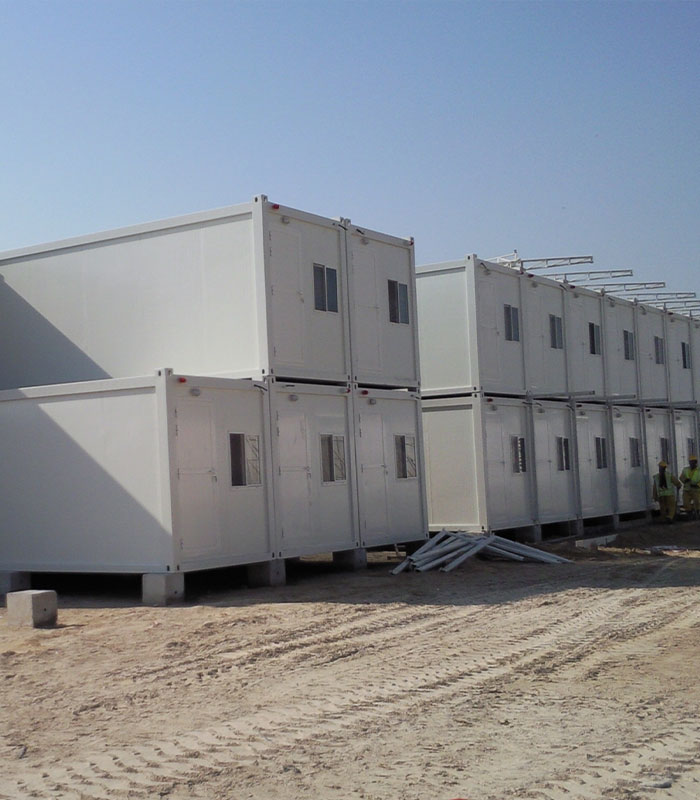
From Factory To Site: The Prefab Manufacturing Process
In recent years, the construction industry has seen a significant shift towards offsite manufacturing and modular construction. Prefab manufacturers KSA (Kingdom of Saudi Arabia) are at the forefront of this trend, utilizing advanced technology to produce high-quality building components in a controlled factory environment before transporting them to the final construction site. This process, known as prefabrication or “prefab,” offers numerous benefits over traditional onsite construction methods.
Design and engineering
The prefab manufacturing process begins with the design and engineering phase, where architects, engineers, and designers collaborate to create detailed plans for the building components. Using advanced software and technology, they translate architectural drawings into precise specifications that guide the fabrication process. During this phase, considerations such as material selection, structural integrity, and compliance with building codes are carefully addressed to ensure the quality and safety of the final product.
Material procurement
Once the design phase is complete, the next step in the prefab manufacturing process involves procuring materials for construction. Manufacturers source high-quality materials from trusted suppliers, ensuring that they meet specifications and standards set forth in the design plans. By bulk ordering materials and components, manufacturers can take advantage of economies of scale, reducing costs and minimizing waste.
Fabrication
With materials in hand, fabrication of building components begins in the factory. Skilled craftsmen and technicians utilize specialized machinery and equipment to cut, shape, and assemble the various elements of the structure according to the design specifications. Precision is paramount during this phase to ensure that components fit together effortlessly during on-site assembly. Quality control measures are implemented throughout the fabrication process to identify and address any defects or deviations from the design plans.
Assembly and finishing
Once fabrication is complete, the prefabricated building components are transported to the construction site for assembly. Depending on the size and complexity of the project, assembly may involve crane lifting, bolting, welding, or other methods of joining components together. Skilled construction workers follow detailed assembly instructions provided by the manufacturer to ensure that the structure is erected safely and efficiently. After assembly, finishing touches such as interior and exterior finishes, plumbing, electrical wiring, and fixtures are installed to complete the building.